In a paper published by Nature Communications entitled “Ultra-high Density Mechanical Energy Storage with Carbon Nanothread Bundle,” Dr Haifei Zhan and his team at Queensland University of Technology’s (QUT) Centre for Materials Science suggest that diamond nanothread bundles (DNT) possess an energy storage capability which could revolutionise mechanical and biomedical engineering.
DNT is a carbon nanostructure, a collection of ultra-thin one-dimensional carbon threads that are able, when twisted or stretched, to store energy. QUT researcher Dr Haifei Zhan likens the nanostructures to a compressed coil or children’s wind-up toy, “energy can be released as the twisted bundle unravels.”
The trick seems to be controlling the energy produced. If said energy can be stabilised it could be utilised for a great swathe of applications from biomedical monitoring systems to nano-robotics and, as mentioned at the top, mechanical energy storage.
“Unlike chemical storage such as lithium-ion batteries, which use electro-chemical reactions to store and release energy,” noted Zhan, “a mechanical energy system itself would carry much lower risk by comparison.”
Mechanical energy storage does not carry with it the risk of malfunction at extreme temperatures, nor indeed the risk of chemical pollution if such risks were realised.
The stability and safety of the nanothreads is not surprising when one remembers they’re essentially diamonds, the strongest material we know of, at least, until we find out whatever material the Nokia 3310 was made out of.
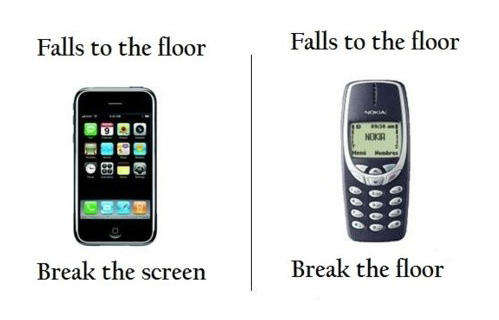
Of course, in all seriousness, the diamantine nature of the structure means that it is exceedingly strong, stiff, and light. Armed with those qualities and the DNT’s potential is limited only by the imagination of science-fiction writers. Now, this may be beginning to sound like an elevator pitch, and that’s exactly what it is, a space elevator pitch. The famous idea of a planet-to-space transportation system first proposed in the late 19th Century is touted as a possible application of DNT, along with the more down-to-earth idea of more efficient electric vehicles. Either way, the sky is not the limit.
Energy Density
The energy storage potential for DNT is startling. Taken pound-for-pound the energy density of DNT, which is to say, how much energy it can store for its mass – was 1.76 MJ per kilogram, three times higher than lithium-ion batteries.
“The nanothread bundles could be used in next-generation power transmission lines,” suggests Zhan, “aerospace electronics, and field emission, batteries, intelligent textiles and structural composites such as building materials.”
What’s Next
The researchers have the idea, and now they have to put it into action. Over the next two to three years the team at QUT’s Centre for Materials Science plan to construct the control system in order to test the twisting and stretching of the nanothread.
This content is protected by copyright and may not be reused. If you want to cooperate with us and would like to reuse some of our content, please contact: editors@pv-magazine.com.
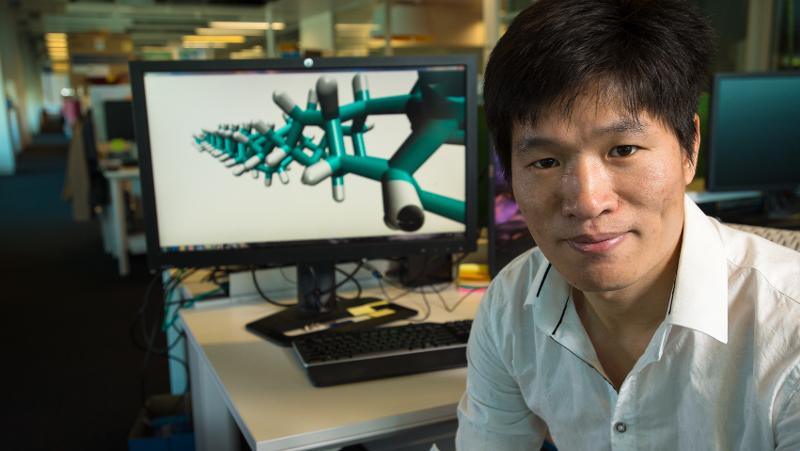
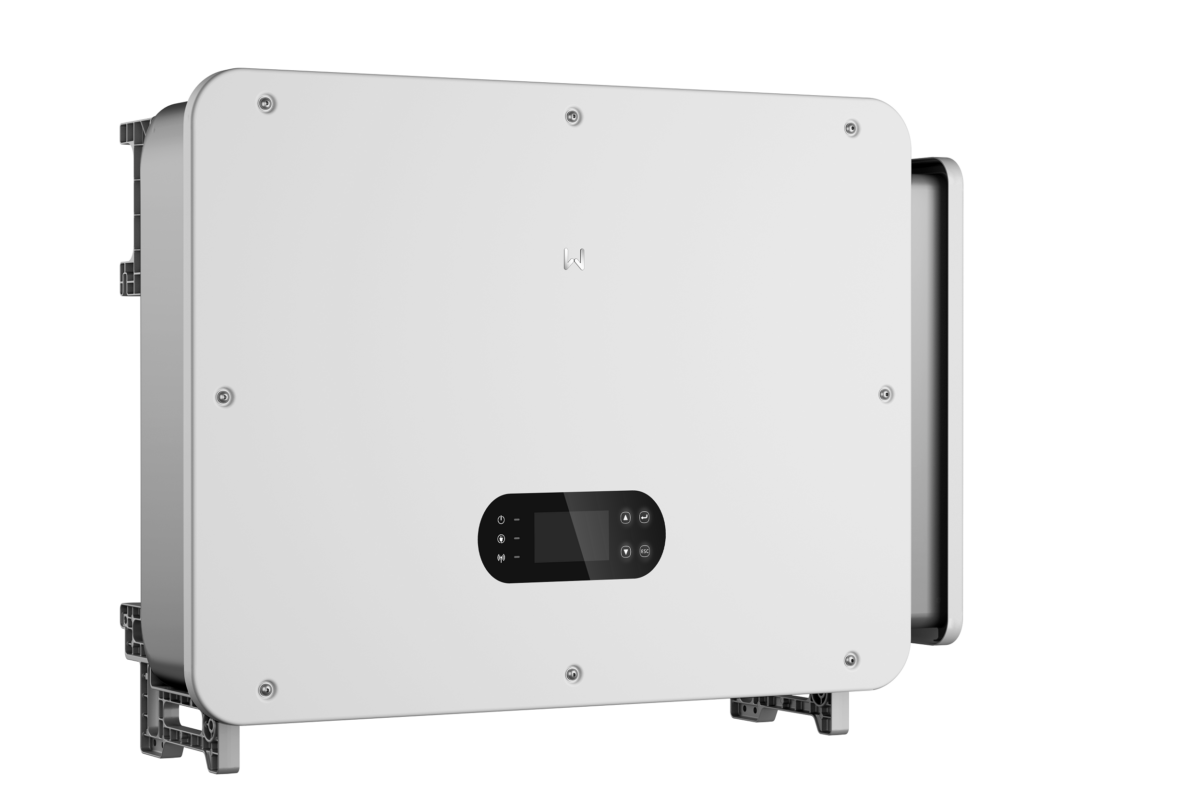


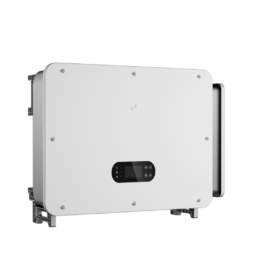
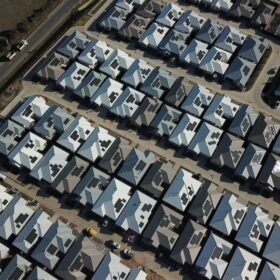
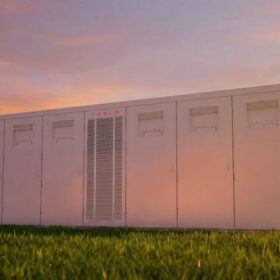
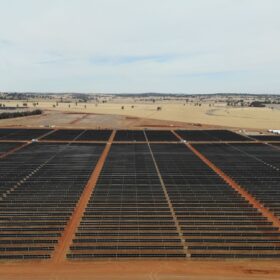
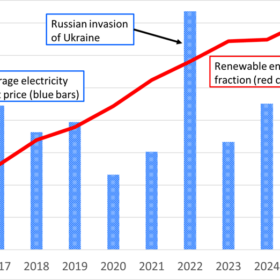
We’re can’t wait to be taken into processing ASAP of the issues about this kind of the battery to be on market.
489 Wh/kg, not bad, I believe Goodenough’s group in Texas thinks it has found more energy density with ‘other’ chemistries and solid state battery technology, we’ll see. An interesting time to be engaged in the energy sector.